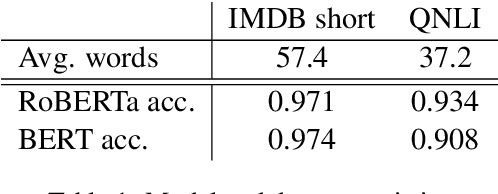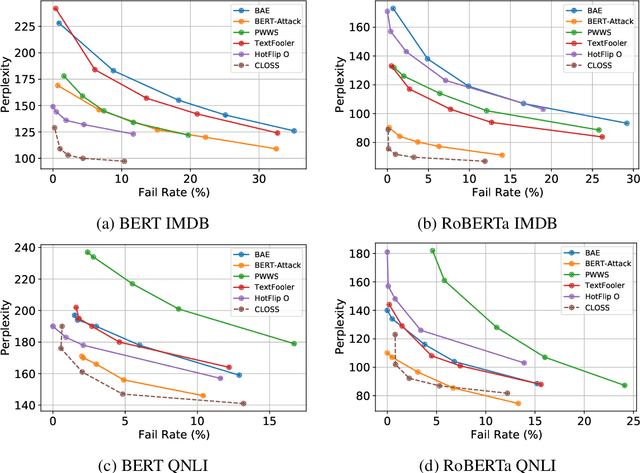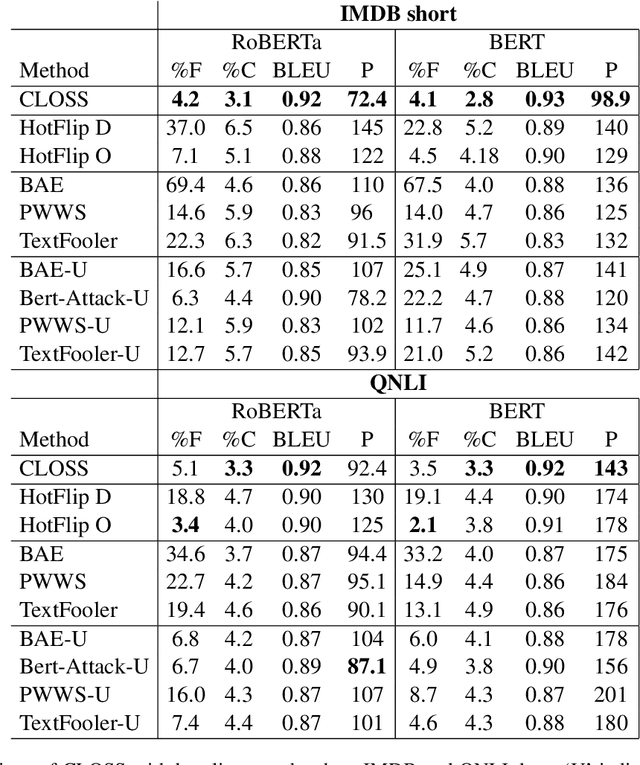Text Counterfactuals via Latent Optimization and Shapley-Guided Search
Paper and Code
Oct 22, 2021



We study the problem of generating counterfactual text for a classifier as a means for understanding and debugging classification. Given a textual input and a classification model, we aim to minimally alter the text to change the model's prediction. White-box approaches have been successfully applied to similar problems in vision where one can directly optimize the continuous input. Optimization-based approaches become difficult in the language domain due to the discrete nature of text. We bypass this issue by directly optimizing in the latent space and leveraging a language model to generate candidate modifications from optimized latent representations. We additionally use Shapley values to estimate the combinatoric effect of multiple changes. We then use these estimates to guide a beam search for the final counterfactual text. We achieve favorable performance compared to recent white-box and black-box baselines using human and automatic evaluations. Ablation studies show that both latent optimization and the use of Shapley values improve success rate and the quality of the generated counterfactuals.
 Add to Chrome
Add to Chrome Add to Firefox
Add to Firefox Add to Edge
Add to Edge